|
Tis the Season for Strategic Planning! Now is the time of year that many higher education fundraisers are doing two things:
I totally understand you are busy. Trust me. Between travel, work, and personal responsibilities, I’m stretched too. But, I think you should consider one more project: a benchmarking study. It's the missing piece of your strategic planning process. A benchmarking study is a survey of peer organizations that will give you insightful information about what your program should be doing. I assure you that this process doesn’t take long. The data you obtain will be so useful to you, I guarantee you that you will not regret investing the time. A benchmarking study can help you:
How do I get started? I have no time for this… This doesn’t have to take a long time. If you employ an intern or student worker, have them help you with the process. The first phase of identifying your peer institutions is the hardest part. Just hang with me and you'll find you can fit this in and that the long term benefits (to your institution and your own career) are worth it. Here’s the 5 phase process for doing a benchmarking study:
Phase 1: Research List your “peer institutions”. You know at least some of them. They might be your in-state rivals or other nearby institutions of similar size, age and student population. Your peer institutions are the ones that your boss always asks about in meetings: “What is XYZ College doing in this area?” Note: There is a big difference between a peer institution and an aspirant institution. An aspirant institutions is one that your institution wants to be like but isn’t. They are a significant level-up from you. They may have 50-100 years more institutional history, a much larger endowment, a larger student body or other significant indicators that make them just a bit beyond your organization. Sometimes leadership or volunteers believe a rival institution is a peer institution when it is actually a aspirant institution. When I was at Southern Miss, we were frequently compared with Mississippi State and Ole Miss, but Southern Miss is actually much more like Eastern Carolina University or the University of Memphis than either of those in-state rivals. It’s a bit dangerous to confuse an aspirant institution with a peer institution. You would be comparing apples to papayas. However, you can include them in your study because they are a great source of inspiration and ideas. Just mark them clearly in your data as aspirant and understand that they will likely have bigger budgets and bigger results. If you only can come up with a few institutions, do some internet searches to find similar organizations. You might google, “liberal arts colleges more than 100 years old” or “southern universities with endowments of less than $100 Million”. I recommend you have a list of 10-12 peer institutions and perhaps 3-5 aspirant institutions because not all the institutions will respond. Once you have a short list of potential peer and aspirant institutions, you (or your intern) should do a bit of research. You need to identity the equivalent program director at those places. For example, if your study is for annual giving, you will want to find the Director of Annual Giving at each place on your list. Record this staffer’s name, title, phone and email address in a spreadsheet. Phase 2: Create survey I recommend you ask a mixture of questions in these categories:
You can follow this process to design your survey for any area of development but here is what I’ve used before for annual giving. Annual Fund Questionnaire
Phase 3: Solicit participation Take your own survey for your institution putting in your data and make sure each question is clear and makes sense. When you do this, time yourself, so you have an accurate range of how long this will take. Construct an email to the staffers you recorded contact info for in Phase 1. Let them know that you would love for them to participate and the survey will only take XX minutes. (I would recommend that it take no longer than 15 minutes.) Then, and this is important, tell them that you will share the results of the survey with them to benefit their program as a thank you for their participation. Provide a deadline and let them know that you’ll remind them closer to the deadline. Keep your window not longer than 2 weeks out, otherwise there is no urgency to participate. Remind them 4-5 days later if they haven’t participated and again closer to the deadline. You can even through in a phone call 3 days before the deadline, especially if there is a school that you need feedback from for political reasons. Phase 4: Analysis Review your survey results, noting where your institution does well and where you fall short. What are the great ideas that stick out? What resources do other organizations have that you don’t? How might you get access to those resources? Compose your results into an executive summary sheet of 1-3 pages that can be included with your strategic plan or sent to relevant stakeholders as a stand-alone report. This report will be for your institution. You'll also need to consolidate and package up the raw survey results to send to your peer participants in Phase 5. Phase 5: Follow-Up Be professional and prompt with your follow up. Send a copy of every survey or the consolidated results to all survey participants. Do this within 2 weeks from the survey deadline. Thank them profusely and perhaps include an invitation to establish an on-going professional support relationship. Maybe you start a Facebook or LinkedIn group where you can compare data throughout the year on an ad-hoc basis. These relationships are of great value to your institution and to your own career. Conclusion This process shouldn’t be intimidating and when you are done with it, you will have some important tools in your strategic planning process. I did this exact process at The University of Southern Mississippi to prove my point that the annual fund had historically under-performed. The benchmarking study certainly showed the under-performance but it also showed similar institutions were raising so much more money, which meant there was no reason Southern Miss couldn’t do it too with strategy, consistency and investment. I’m happy to say that’s exactly what happened. I’m pleased to report the program has now exceeded the five year goals I set for it back in 2011-2012 when I did the benchmarking study. If you do this project, you’ll have some persuasive data to lobby for changes to your program. Plus, you’ll be seen as a self-starter not only in your office or institution but in the broader development community as well. It’s worth it. Have you undertaken a benchmarking study? Why or why not? What conclusions came out of your study? As always, comments and questions are welcome and encouraged! Cheers, Jessica PS - If you liked this post, you might also like these: PPS - If you found this article helpful, please comment and let me know. Also subscribe to Real Deal Fundraising so you don't miss a post! You'll get my guide to Call Center Games for Free!
Don’t get me wrong. I am a fan and advocate of automated calling software. And I’ve been spoiled in my career, working for large state universities with the resources to either outsource the calling program or to have an in-house program with appropriate calling software.
In the past, I would cringe when a colleague would tell me they were running a manual/paper phonathon. But there’s a reason why they say necessity is the mother of invention. I now work for a small independent seminary that is on a shoestring budget. This summer, I did some analysis and determined that what the program really needed was a phonathon. I decided this for a few reasons:
You really only need 3 things to have a phonathon:
CALLERS I figured out my maximize number of callers and caller hours that I could afford to pay based on a competitive hourly rate for the location (Berkeley, CA). Then I set about recruitment. Here are some of the graphics I used to recruit students callers.
I used my 3 favorite interview questions for student callers. You can read about those here. I hired 4 students and 1 graduate who wanted to volunteer her time as a service to the school.
EQUIPMENT Now I needed equipment. At first, I was thinking through how much long distance would cost and whose offices we could use in the evenings. Then I went back to drawing board: Why was thinking landlines when I preach all the time that cell phones are the future of phonathon? I decided to go mobile. I ordered simple, Samsung flip phones which had a headphone jack so we could utilize headsets. I bought these Voistek noise cancelling headphones that would work with the phones and free the caller to move anywhere in the room. I bought some of the headsets with only one ear pad and some with two. The callers overwhelming preferred the double headset. The headsets, while very affordable ($29) also had good sound quality. Here are the links for the phones and headsets I selected. (Yes, these are affiliate links. I've actually used these products and I'm sure they'll help you start a pop-up phonathon. If you purchase, I get a small percentage to keep the choice content coming here on Real Deal Fundraising. Fair trade, huh?)
These phones are already configured to work with a Verizon go-phone plan, which was far cheaper than long distance fees. They are also used phones so they are super-cheap – less than $17 each. My phonathon campaign was scheduled to be one month long so we paid for one month of prepaid phone access: $50 for each phone. Bonus: when you go to the Verizon store to sign up for your multiple prepaid, burner phone plans, you feel like a bad guy from a Law and Order SVU episode!
Total for each phone “station”: $96 Total to equip my five callers: $480 OVERALL SHOESTRING BUDGET I also spent $100 on 4, $25 gift certificates to use as weekly incentives for performance. Overall my budget looked like this:
PROSPECTS As for data, I pulled the prospects via queries in Raiser’s Edge and then used that spreadsheet to create calling sheets via a mail merge. We went through a couple of iterations to get the information in the most intuitive place for the callers but ultimately it worked well. Overall, the program raised over $15,000 which was a great return on investment and we added over 25 new recurring gift donors as well. If your institution doesn’t have a huge budget but needs the personalized contact that a phonathon program provides, you can create a “pop-up” phonathon program on a shoestring budget that is efficient and effective. Do you outsource, use automated software or have a manual phonathon? Or do you need to start a pop-up phonathon for your institution? Comments and questions are, as always, welcomed and encouraged! Cheers, Jessica Cloud PS - If you liked this post, you might also like these:
PPS - If you found this article helpful, please comment and let me know. Also subscribe to Real Deal Fundraising so you don't miss a post! You'll get my guide to Call Center Games for Free! One of my most favorite techniques for improving caller motivation is to write letters to local businesses to ask for “gifts-in-kind” to use as prizes for outstanding callers. That idea is far from new, but there is one tweak that I think many haven’t thought of that makes all the difference in terms of success.
Many universities and colleges commission economic impact studies that quantify the value that these higher educational institutions have on their local economies. These studies usually herald impressive numbers, from the number of jobs provided by the university to the total estimated dollars of economic impact. Here are a few examples to show you what you’re looking for:
If you can get your hands on a study like this specific to your institution, you will be able to craft a letter that is optimally successful. Some studies have a statistic that actually shows how much money university students spend in the local marketplace, like the ones from Notre Dame and South Carolina above. If you can get this figure, it’s clutch. The data from these sorts of studies will motivate the businessperson to get their business more in front of students. They will see what a significant portion of their business that students (and the university in general) represents. And you will be providing them with a quick and easy way to advertise to students. All they need to do is provided a few coupons for free merchandise or services and you will not only put them on your webpage or Facebook (or both) but you’ll give these out only to the top performers so they get to try their products. To find an economic impact study for your institution, start just by googling “economic impact study” and your institution’s name. If nothing comes up, contact the College of Business or Economic Development department at your institution and they may know of a study or where to find it. Some universities do a great job of promoting this important information and others don't exactly. It may be hidden away in some office of institutional research. Put it to good use. Do you solicit “gifts-in-kind” from local business for your phonathon? If you have a killer letter that you use, please share the text in the comments! I made a post some time recently about using Etsy to reduce graphic design costs. It's a great option for some shops but after writing that post, a friend and colleague pointed me to Canva.com. It is by-far the best tools for amateurs to produce quality graphic design that I've seen. In just a few weeks, it has become indispensable to me, both personally and professionally.
For example, we are using Canva at the school I currently work for to produce graphics for a social media campaign around a challenge grant. We update the numbers regularly. This would be something we might have to pay a graphic designers for each image but we do all of this in-house now. Not only are we saving money but we can produce top-quality images fast and have the ability to produce more in quantity and variety than ever before. (And Canva isn't just for digital images. You can download print-quality images and send those to the print shop.) I also use Canva to produce images for my blog and the cover of my e-book. It's been fun learning this tool and everything it can do. Best of all, Canva is largely free to use. There are some valuable features available via their paid product: Canva for Work. If you want to share images and work on them with colleagues or save your brand fonts and colors, Canva for Work is only $19 or so per month. Canva makes money by selling the images on their site for $1 each. I've used a few but not many. I find it equally easy to snap pictures of things that would make interesting backgrounds on my phone and then use those. I don't make any money in recommending Canva. I just felt that as a follow-up to my previous article, I should alert my readership to this amazing resource that makes our work so much easier. PS - Canva has a great app that makes it seamless to move images on and off your phone. So, if you use instagram quite a bit for fundraising, this a big advantage.  Goal: a personal or organizational desired end Projection: a calculation of some future thing These two terms are related but subtly different. Generally speaking, for a healthy organization, the projections drive the goal setting process. However, at some organizations, the goal is a different (and perhaps totally unrelated) number to what you project that you can actually raise. At some institutions, an unreasonable, unrealistic goal situation may arise from a team leader that doesn't understand the difference between a goal and a projection and they pick an arbitrary figure that sounds good. ("Let's raise 10% more this year than last year", for example.) Or, it may have come about because of real budgetary needs of the institution for unrestricted support. Creating projections is a tedious process requiring a patient analysis of past performance and building models for future performance. So, if you have a firm goal set before you that you know (or believe) you cannot reach, why should you bother to create elaborate projections? Here are three important reasons to do projections even if your goal is already set: 1) Projections will help you to pinpoint the shortfall Setting projections shows you where the program is not performing to expectations and why the goal is not feasible (assuming that's true). It helps you to tell the story to those in management of what is really happening with the fundraising. 2) The process may help you to identify potential areas of opportunity Projections can show you opportunities that you might have overlooked. You build your projections segment by segment and it is possible that you might have some new segments that you haven't solicited before or that you have a new strategy for. These may help you get closer to your goal. 3) You need the projections to become a lobbyist for your program. It's illogical to do the same thing every year and expect different results. With a projections spreadsheet, you can show what's possible with more budgetary resources. You can tell the story that with [this much] future investment in the program, [this much] more revenue can result. It doesn't take much money to make an event look special. You might be a top flight organization whose donors have high expectations, if so you'll likely have a budget to match. However, if you are with an organization that has a tight budget, you'll need to get creative to make your events sparkle. I like to create "vision boards" with pictures from the internet put together as a collage so I can pitch my ideas about how I want the event to look and feel. Here's one I did recently as an example. This shows many of the actual materials I planned to purchase and the colors I wanted to work with as well as the way I would deploy the decorations at the event. My budget was only $500 and I had to make these decorations work for 4 different events and they would end up being shipped across the country 4 times.
One of my favorite websites for party decor is Shindigz. Amazon also has some great deals and their Prime shipping is great when you need something for an event last minute. I like to start with gossamer from Shindigz, which can be used as table runners or to tie up tablecloths around highboy tables. Gossamer comes in a 40 foot roll and can often be used for more than one event. Usually I pair it with some other material with some texture for variety. Burlap would work or tulle or in the case above, I used a shiny, fuzzy black material. Everything I bought was interchangeable variations of the school's colors, so I could switch up the way I used the materials at different events. Flowers cost lots of money and cannot be reused, so paper lanterns with LED lights are a good option with candles on the table too. Confetti also adds budget sparkle to a table but check with your venue before using as it can be difficult to clean up. I'll be returning to donor events as a regular topic on Real Deal Fundraising. Future posts I have planned include creating playlists for donor events, what should be on your donor event planning checklist, working with event vendors and several others. Subscribe today if you don't want to miss a post. Here are some pictures of how the materials above actually looked at one event: A solid strategic plan is not an easy thing to write. Ideally, it should have a balance of big picture thinking and sufficient detail so that it can be implemented. A strategic plan cannot be pie-in-the-sky but it also cannot be a user’s manual full of which button to push.
I would advise that strategic planning begin with 3 steps:
Do you have staff and budget to promote planned giving opportunities? What can you afford to do in terms of direct mail, phonathon, donor relations, etc.? Don’t forget about crucial areas like stewardship and fulfillment (pledge follow up). Also, pay special attention to data integrity and enrichment. You cannot afford to ignore those important areas. Now, you have to combine your various vehicles for communication with the content: the case for support. What will you be focusing on this year? What are the needs of your institution? Scholarships? Program support? Operating expenses? What’s the impact that the donor will have in the world if they make a gift this year? Begin to weave these messages into thoughts about how to segment your data this year. The final part of your strategic part is to have a calendar. You know enough now to lay out the steps. Don’t go into too much detail but have a month-by-month list of what major action steps need to happen to accomplish your goals. Review this calendar regularly at staff meetings. It is inevitable that you won’t get to all your great ideas in one year. I’ve found it helpful to add a section at the end of my plan called “And Beyond” where I can stash my great ideas for future years. It keeps me inspired and helps me not to forget. Encourage other staff to join you in adding to that list throughout the year. Most importantly, the strategic plan cannot be a lifeless document. If you aren’t referencing it at least once a month (preferably more), it isn't working for you. Start over. Make it a living document that guides you to your goals. 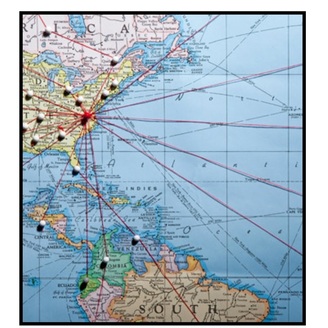 Deciding where you need to go is the first step to planning your travel. In the absence of wealth screening data or other ratings, I've found it helpful to run a list of every donor who has given $1,000 or more in the last 5 years to my institution. That provides me with a basis for deciding what major metropolitan areas I should visit over the course of the next year. Then you'll need to decide on your travel method. I have used car, plane and train to get where I need to be and each has its own set of pros and cons. You will need to try out different methods and develop your own personal preferences of course. For flights, I start with kayak.com. I like it because I am close to at least 5 possible airports and Kayak gives you great results for looking at nearby airports. This means I can quickly see which airport has the best possible prices for my organization's budget. Then I also check out Southwest too. Southwest airfares won't be in any of the standard databases or searches. Once I have decided on the exact flights I want, I go over to expedia.com because I can pick my exact seat on every flight. This is useful if my family is traveling with me (as they do from time to time) because I go back and purchase the same exact flights with my personal card and select the seats right next to mine. I'm a Hilton Honors member, so I often make that my next stop. (It doesn't matter which loyalty program you join but you will want to join one of them.) I use the Hilton website in close concert with Google Maps because I want to know where my hotel is compared with the home and office locations of most of the donors I need to see. I especially need to know how close everything is so I know whether I require a rental car. I find I'm partial to Embassy Suites, Homewood Suites, and Hampton Inn brands. They have tea always available in the lobby, generous breakfast and most have laundry on site (a must if you ever travel with kids). For rental cars, I like priceline. I try to avoid doing rental cars whenever I can use public transport and/or taxis to get to my visits. When I must have one, I'm not loyal to any one vendor. Price is the big factor. When I arrive, I make extensive use of Google Maps and also Yelp to find places nearby to eat. To make reservations for donor lunches or dinners, I like Open Table. I also like a little history app called Clio. If I'm ever waiting anywhere, I just pull this up and the app shows me all the historical sites that are nearby. It's a great way to get to know a city even if you are too busy to actually go see much of it. I have a very specific way that I prep documents for my travel too. Check back for that post next week. In my current job, I have to be very budget conscious and protective of my own time. I am pretty much a one person shop but we do a number of events of various size throughout the year. I was spending too much money ordering invitations online from sites like Paperless Post. I would have to wait 10 days to get the materials before I could stuff envelopes and the designs were not customizable enough for my taste.
I knew we could do better. I searched for "corporate invitations" on Etsy and after a bit of searching I found Eden Creative Studios. I liked the style of her print-your-own invitations. I sent her a message letting her know I needed 8 different custom versions of her templates. She customized them and gave me a 20% discount for paying for them all at once. Four custom save-the-dates and four custom invitations cost my organization only $144! We did a few drafts back and forth, getting it exactly how I liked it and then she sent me PDFs (for sending to the print shop) and JPEGs (for use in HTML emails). I sent the designs to a local print shop and starting stuffing within 2 days of sending the invitations to print. I've gotten lots of compliments on how the cards look from donors and friends of the school. If you are a small shop with graphic design needs, you can get beautiful work done on Etsy and save your institution some money. You can see redacted versions of some of the invitations and save-the-dates that Eden did for my organization in the slideshow above. |
Jessica Cloud, CFREI've been called the Tasmanian Devil of fundraising and I'm here to talk shop with you. Archives
June 2024
Categories
All
|
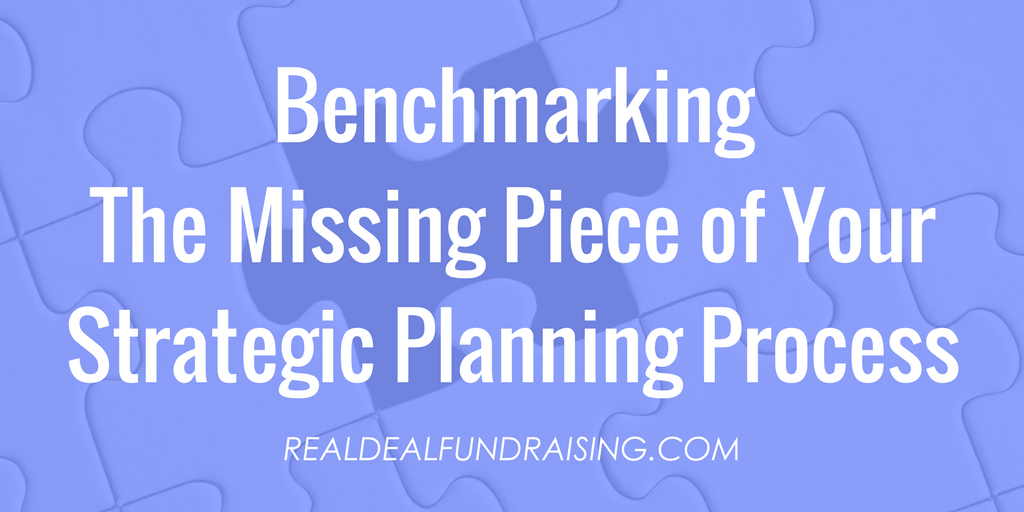
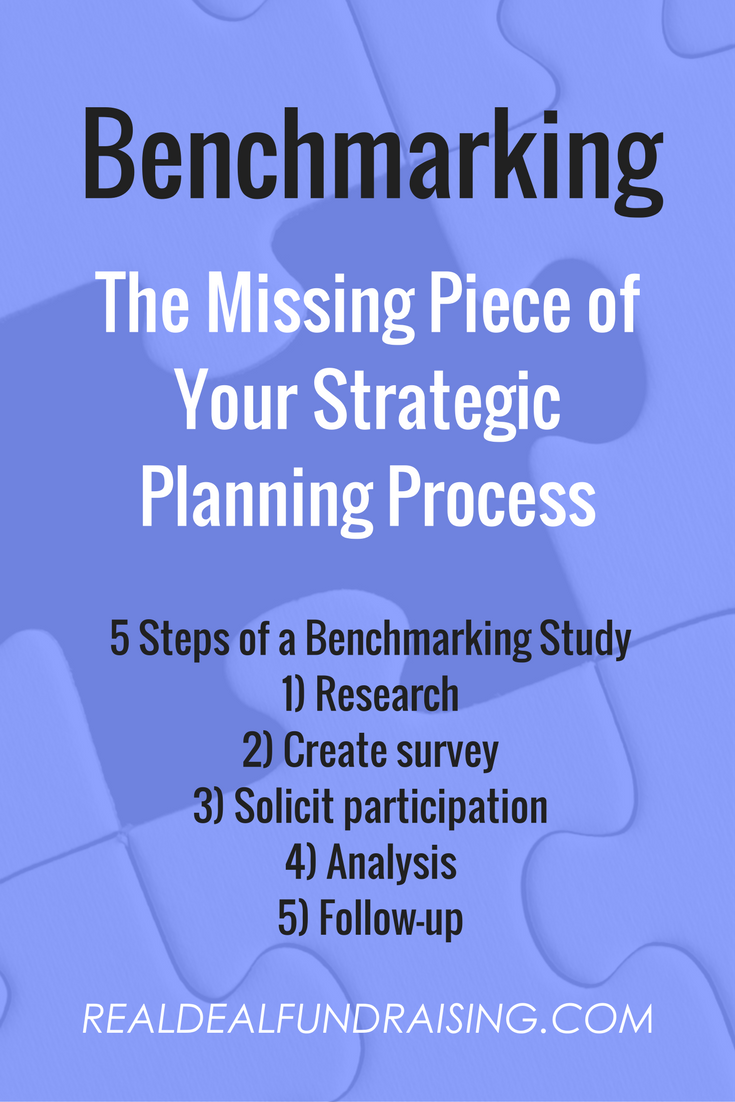
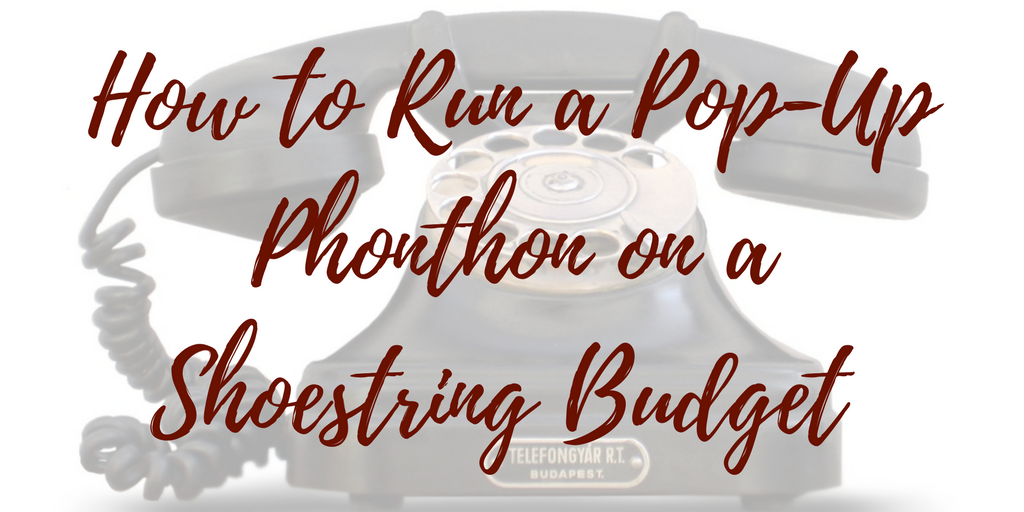


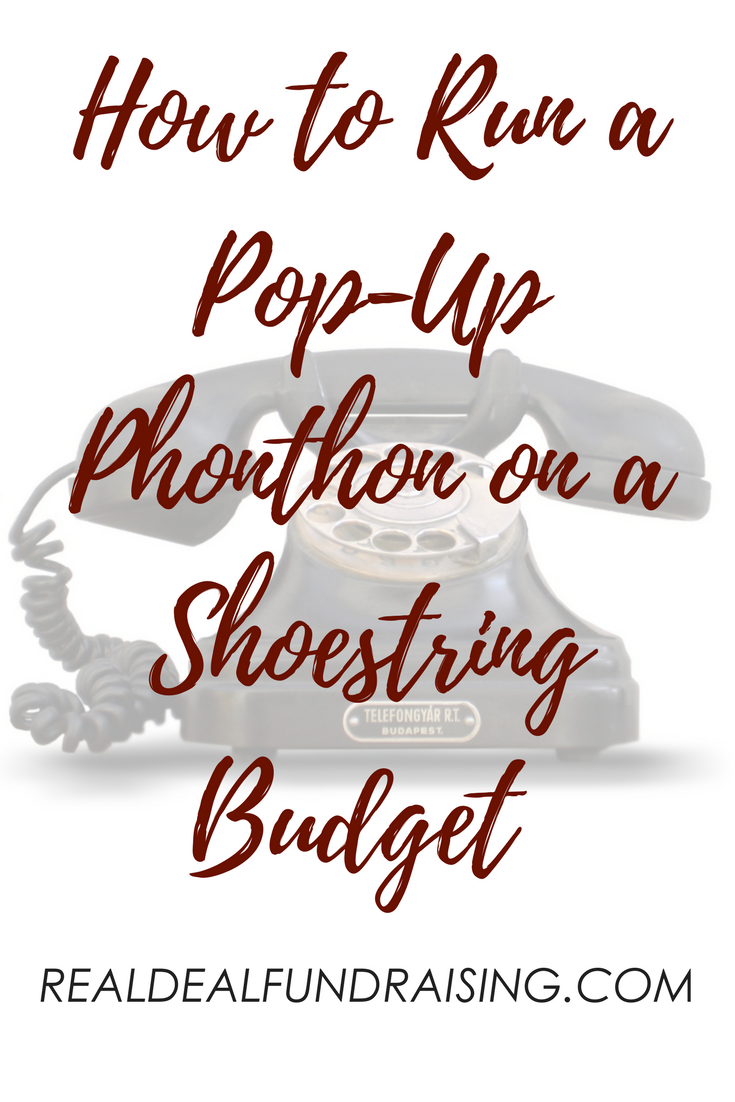
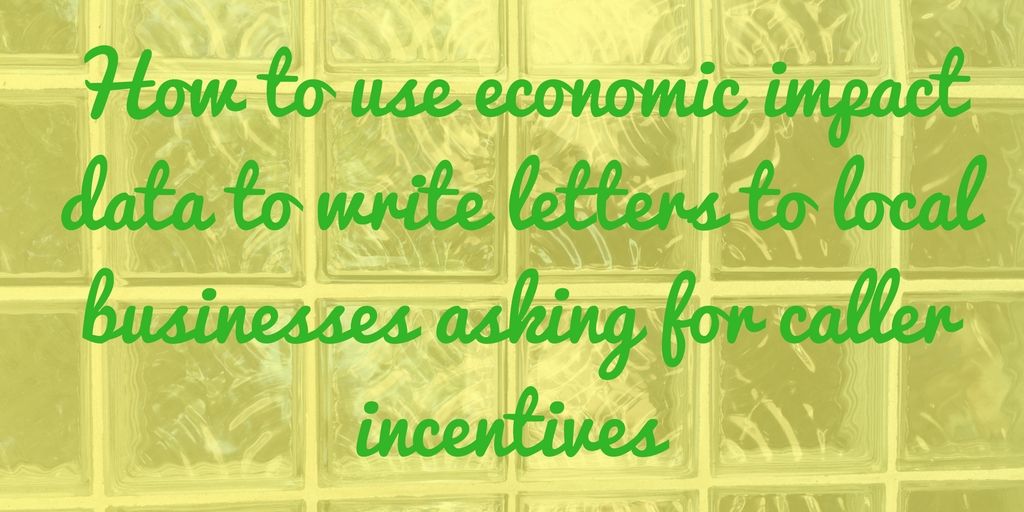


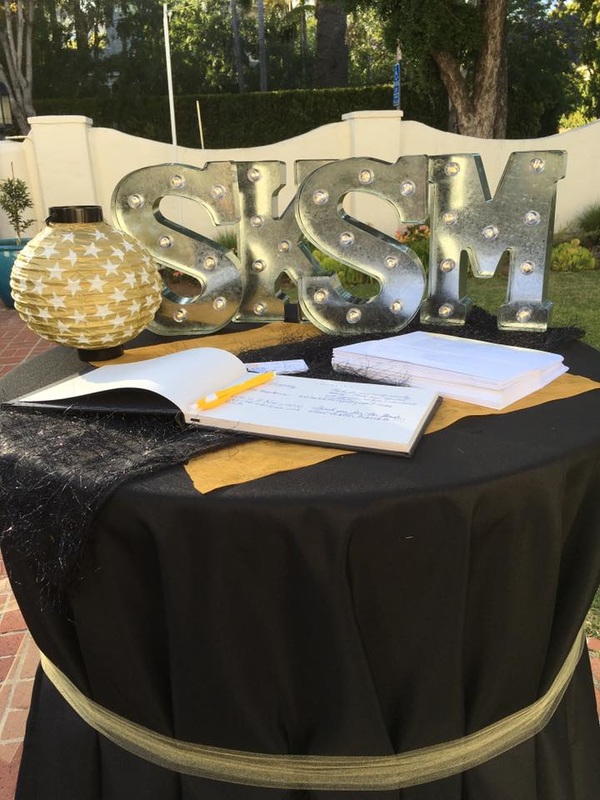
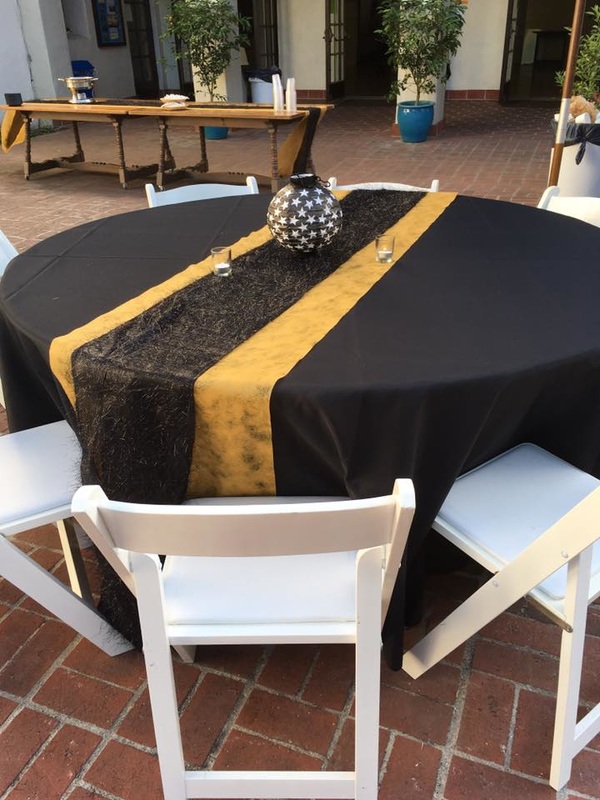

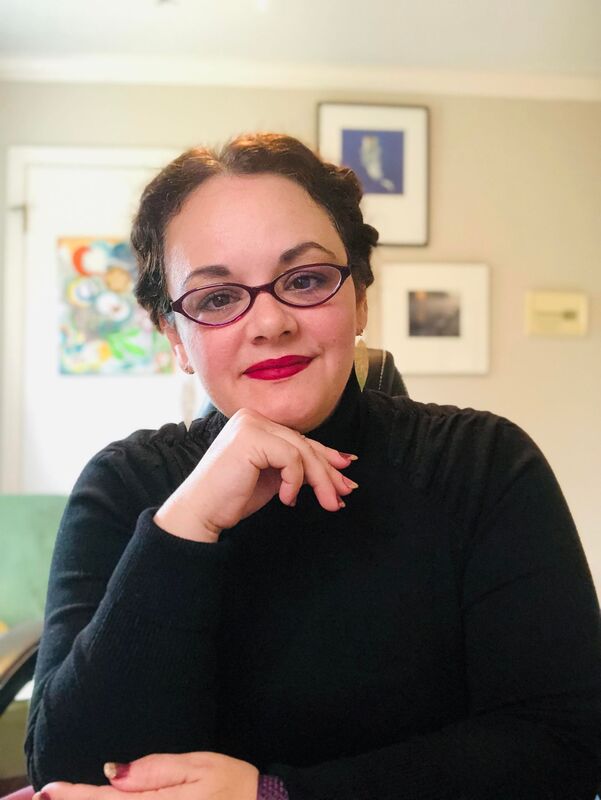
 RSS Feed
RSS Feed
